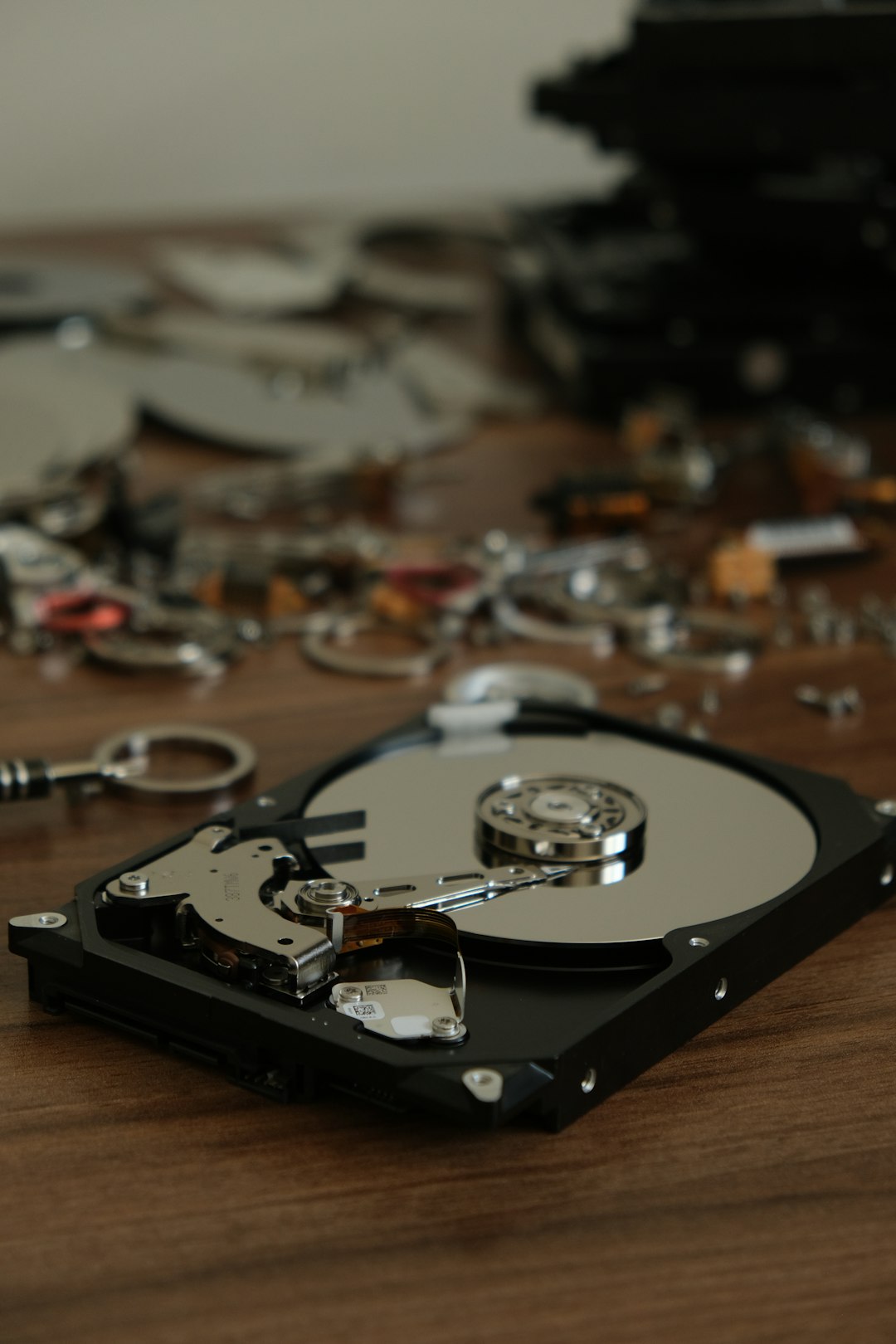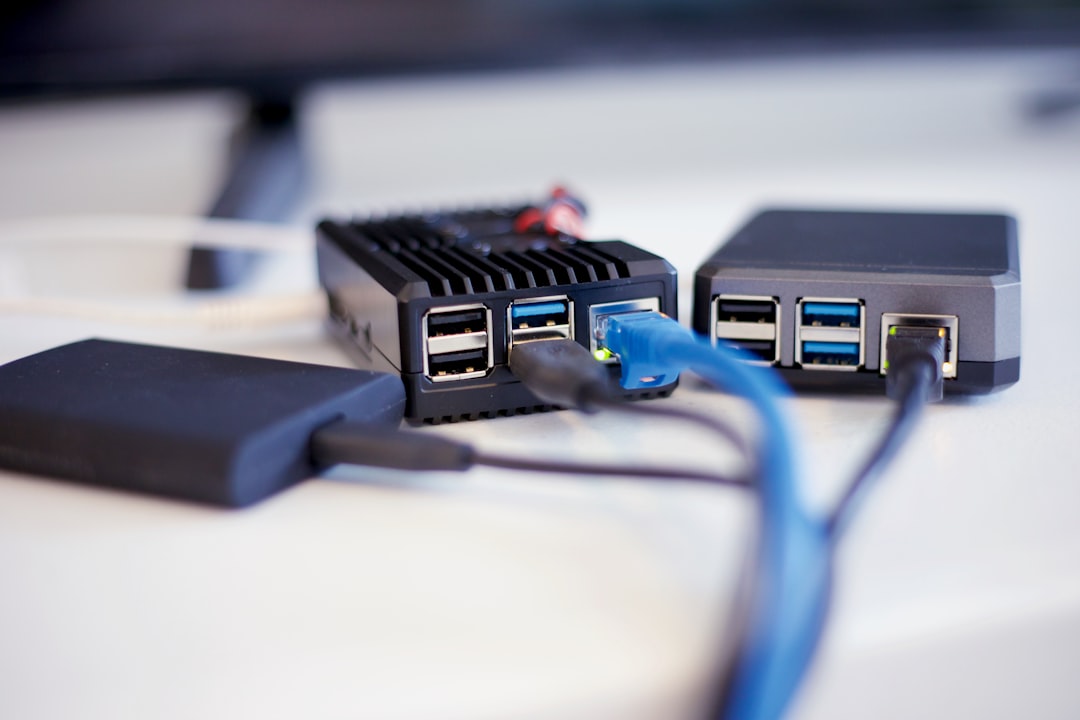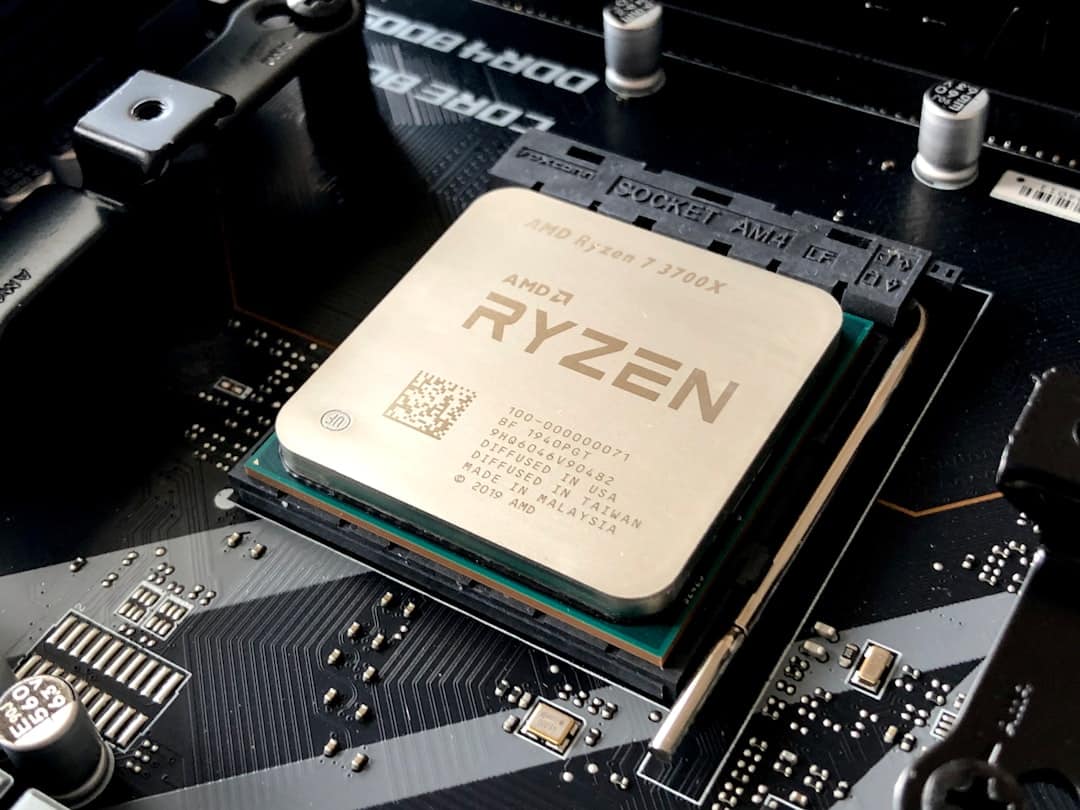Encountering the error message “Can’t Read From the Source File or Disk” on a Windows system can be frustrating, especially when you’re trying to copy important files between drives or onto a USB stick. This issue typically arises due to hardware faults, file system incompatibilities, or corrupted files. However, with a systematic approach, you can resolve it without losing your valuable data.
Contents
Understanding the Cause
This error often surfaces under the following conditions:
- A damaged hard drive or bad sectors.
- Incompatible or corrupted file system formats.
- Connection issues with external drives.
- File size or name limitations under certain file systems.
Before making any drastic decisions like formatting the drive, try these trusted methods to resolve the issue safely.
1. Check the Drive’s Health
Your first step should be to verify whether the drive is physically healthy. Faulty storage media often leads to read or write errors.
Steps to check disk health:
- Press Windows + E to open File Explorer.
- Right-click on the drive and select Properties.
- Under the Tools tab, click on “Check” (under Error Checking).
This will scan for bad sectors and automatically repair them if possible. Alternatively, you can use the chkdsk command in the Command Prompt for more detailed diagnostics:
chkdsk X: /f /r
Replace X with the actual drive letter. This command checks for file system errors and attempts recovery.

2. Verify File System Compatibility
If you are trying to copy or transfer files from one device to another (like from NTFS to FAT32), the issue might stem from file system limitations. For instance, FAT32 cannot handle files larger than 4GB.
To check the file system:
- Open File Explorer.
- Right-click the drive and select Properties.
- Under the General tab, look at the File system line.
If file size is the issue, you can compress the file or split it into smaller parts using archiving tools like WinRAR or 7-Zip.
3. Try Copying in Safe Mode
Sometimes third-party software or background processes can interfere with file operations. Booting into Safe Mode can minimize these interruptions.
To boot into Safe Mode:
- Press Windows + R, type msconfig, and hit Enter.
- Go to the Boot tab and check the Safe boot option.
- Restart your PC and try copying the file again.
Afterward, return to msconfig and uncheck Safe boot to restart normally.
4. Clean and Reconnect All Physical Connections
Corrupted or incomplete data transfers can also be caused by a loose or faulty cable connection. Ensure that all ports and storage devices are properly connected. Try switching the USB port or using another cable to see if the issue persists.

5. Use a Third-Party File Recovery Tool
If the file is corrupted but still partially accessible, dedicated recovery software can help retrieve what’s salvageable. Trusted tools include:
- Recuva – Offers deep scanning capabilities to recover deleted or unreadable files.
- EaseUS Data Recovery Wizard – Known for user-friendliness and high success rates.
- Disk Drill – Effective in dealing with logical file system errors.
Make sure to install these tools on a different drive to avoid overwriting the data you want to recover.
6. Check File Permissions
Sometimes the problem may be permission-related, especially when dealing with files copied from another system or user.
To check permissions:
- Right-click the file and go to Properties.
- Under the Security tab, ensure your current user has Full control.
- You may need to click Edit to modify permissions.
Additional Tips
- Always eject removable drives safely to prevent file system corruption.
- Keep backups of critical files to safeguard against issues like this.
- Run antivirus software to rule out malware-related disruptions.
Conclusion
The “Can’t Read From the Source File or Disk” error can often be fixed by addressing hardware issues, correcting file system problems, or tweaking system settings. By following the above steps carefully, you can usually resolve the problem without needing to format your drive or lose important data. If the issue persists after trying everything, it may be time to consult a data recovery specialist.

